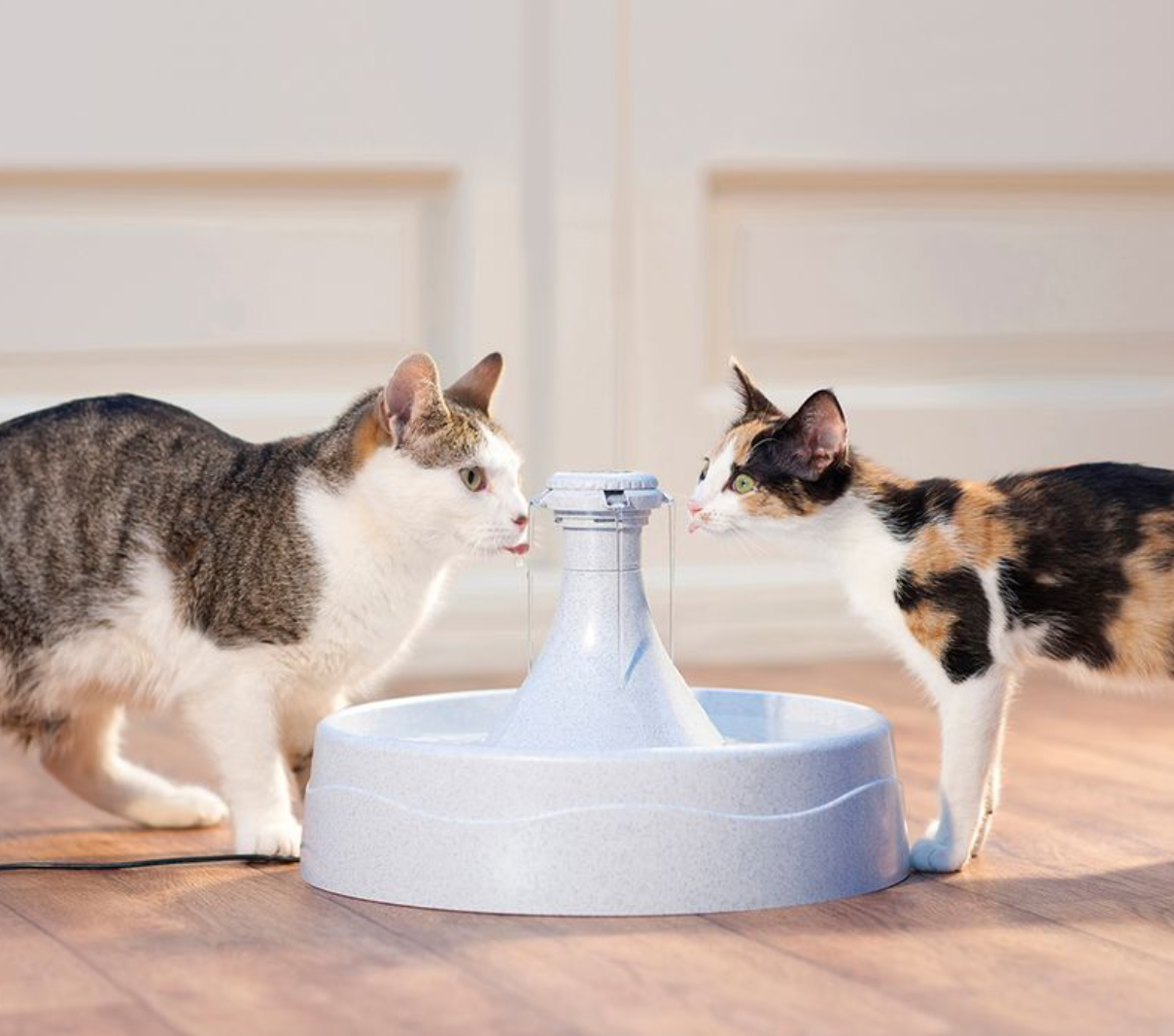The World's Smallest Cats: Discovering the Delightful Diminutive Felines
Introduction
When we think of cats, we often picture majestic lions or playful domestic felines. However, the world of cats is filled with a diverse range of species, including some that are incredibly small in size. These diminutive felines may be tiny, but they are no less fascinating and captivating. In this article, we will embark on a journey to explore the world's smallest cats, uncovering their unique characteristics, habitats, and the conservation efforts aimed at preserving these delightful creatures.
The Rusty-Spotted Cat: A Marvel of Miniature Proportions
The Smallest Wild Cat in Asia
One of the most remarkable small cat species is the rusty-spotted cat. It holds the distinction of being the smallest wild cat in Asia, capturing the hearts of cat enthusiasts around the world. Measuring between 13 to 19 inches in length and weighing only 2 to 3.5 pounds, the rusty-spotted cat is truly a marvel of miniature proportions.
A Closer Look at the Rusty-Spotted Cat
The rusty-spotted cat's appearance is just as captivating as its size. With short, round heads, long ears, and two white streaks beside their eyes, these felines boast a distinctive and charming look. Their brown-gray fur is adorned with various dark streaks and marks, adding to their allure.
Habitat and Distribution
Rusty-spotted cats are found exclusively in India, Sri Lanka, and Nepal. They thrive in a variety of habitats, including moist and dry deciduous forests, grasslands, hill slopes, shrublands, and rocky hillsides. Despite their adaptability, their populations face challenges due to habitat loss and fragmentation.
A Keen Hunter
Despite their small size, rusty-spotted cats are skilled hunters. Their agile builds and exceptional eyesight, which is six times sharper than that of humans, enable them to scavenge for prey with remarkable precision. These felines primarily feed on rodents, utilizing their sharp senses and stealthy nature to secure their meals.
The Singapura: A Petite Domestic Delight
The Smallest Domestic Cat Breed
While the rusty-spotted cat holds the title for the smallest wild cat, the Singapura reigns as the smallest domestic cat breed. Originating from Singapore, these pint-sized felines bring joy and companionship to many households.
Petite Size with a Big Personality
Singapuras may be small, but they possess a big personality. Females typically weigh around 5 pounds, while males range from 6 to 8 pounds. Their light beige fur and large eyes give them an endearing appearance. Known for their playful and curious nature, Singapuras are often described as "impish" and form strong bonds with their human companions.
The Singapura's Unique Traits
Apart from their diminutive size, Singapuras have several unique traits that make them stand out. They have a distinctive ticked coat pattern, with each hair having multiple bands of color. This gives their fur a shimmering effect, enhancing their charm. Additionally, their agile and athletic builds enable them to leap and climb with ease.
The Singapura's Adaptable Nature
Singapuras are adaptable cats that can thrive in various environments. Their small size allows them to comfortably live in apartments or smaller spaces. Despite their petite stature, they possess boundless energy and enjoy interactive play. This makes them an ideal choice for individuals or families seeking a lively and affectionate companion.
Conservation Efforts for Small Cat Species
The Plight of Small Cats
While small cats may captivate us with their charm, they face numerous threats that endanger their survival. Habitat loss, fragmentation, and human-wildlife conflict pose significant challenges to their populations. Additionally, the illegal pet trade and hunting further contribute to the decline of these extraordinary felines.
Conservation Organizations Fighting for Small Cats
Fortunately, several dedicated organizations and conservationists are working tirelessly to protect small cat species. Through research, habitat conservation, and community engagement, these efforts aim to ensure the survival and well-being of these remarkable creatures. Organizations such as the Felidae Conservation Fund and the International Society for Endangered Cats Canada play pivotal roles in raising awareness and implementing conservation strategies.
The Role of Research and Education
In order to effectively conserve small cat species, research plays a crucial role. Scientists and conservationists conduct studies to better understand the behavior, population dynamics, and habitat requirements of these cats. This knowledge informs conservation strategies and helps identify the most effective ways to protect and preserve their habitats.
Education also plays a vital role in conservation efforts. Raising awareness among local communities and promoting responsible interactions with small cat species can foster a harmonious coexistence, benefiting both humans and felines.
Conclusion
The world of cats is diverse and enchanting, encompassing a wide range of sizes and species. The rusty-spotted cat and Singapura demonstrate that beauty and charm can be found in the tiniest packages. These small cats captivate us with their unique features, captivating personalities, and remarkable adaptability.
As we celebrate their presence, it is vital to remember the challenges they face in the wild. By supporting conservation organizations, spreading awareness, and promoting responsible interactions, we can contribute to the preservation of these delightful felines for generations to come. Let us cherish the world's smallest cats and ensure their rightful place in the tapestry of nature.



































